Polarity analysis is a system which is based on Boeninghausen’s therapeutic pocketbook and was developed by Dr Heiner Frei who practices in Laupen, Switzerland.
The main aspects of polarity analysis are:
- Modalities and polar symptoms
- Boenninghausen’s contraindications
- The calculation of polarity difference
The approach is based on Boenninghausen’s concept of grand generalization, and it relies a lot on getting exact modalities in a case. In order to understand polarity analysis, we need to revisit what is disease as per Hahnemann in the 6th edition of the Organon.
Aphorism 6 – The unprejudiced observer—well aware of the futility of transcendental speculations which can receive no confirmation from experience—be his powers of penetration ever so great, takes note of nothing in every individual disease, except the changes in the health of the body and of the mind (morbid phenomena, accidents,symptoms) which can be perceived externally by means of the senses; that is to say, he notices only the deviations from the former healthy state of the now diseased individual, which are felt by the patient himself, remarked by those around him and observed by the physician. All these perceptible signs represent the disease in its whole extent, that is, together they form the true and only conceivable portrait of the disease.
We have to heal the symptoms that are present in the patient at that given moment of time. Any symptoms are nothing but deviations from their former healthy state.
In aphorism 153 Hahnemann says that the more striking peculiar and characteristic symptoms of the disease are to be almost solely kept in view. There have been and are many interpretations about this aphorism because it is not taught together with aphorism 133 where Hahnemann says that modalities give the symptom its peculiarity and makes it characteristic.
Aphorism 133 – On experiencing any particular sensation from the medicine, it is useful, indeed necessary, in order to determine the exact character of the symptom, to assume various positions while it lasts, and to observe whether, by moving the part affected, by walking in the room or the open air, by standing, sitting or lying the symptom is increased, diminished or removed, and whether it returns on again assuming the position in which it was first observed,—whether it is altered by eating or drinking, or by any other condition, or by speaking, coughing, sneezing or any other action of the body, and at the same time to note at what time of the day or night it usually occurs in the most marked manner, whereby what is peculiar to and characteristic of each symptom will become apparent.
Then we come to Boenninghausen and his idea of totality. He was a close friend of Hahnemann. Once Hahnemann wrote that if he would be ill and could not help himself then Boenninghausen would be the only one he would trust to treat him. Boenninghausen was a homoeopathic physician in Munster, Germany and Hahnemann at that time was practicing in Paris.
He said our first aim is to know the main symptom of the patient with its characteristics. What are characteristics? The location, sensation, clinical findings and modalities. Then the second is the additional symptoms accompanying the main symptom. Third, the lowest level, was changes in the state of mind.
Then he created the concept of contraindications, and he made the first functional repertory – the therapeutic pocketbook. Now we look at Boenninghausen’s concept of contraindications. He strove to match the patient’s set of symptoms as closely as possible to the genius of the remedy.
He says if we look at all the symptoms that a remedy has, it may seem that every remedy can cure every disease. But if you look at what is frequent in the remedy then you find that every remedy has its characteristic individual symptoms.
So he defined the genius of the remedy that has modalities, sensations and clinical findings that have repeatedly appeared in the provings at different localizations and have been healed by this remedy. He graded genius symptoms in grade 3 to 5 in his therapeutic pocketbook. These grades are important in polarity analysis because these grades enable us to calculate the polarity difference and also help us to know which remedy is contraindicated.
We will take a short look at his grading.
- 1st grade – symptom occurs rarely in remedy proving
- 2nd grade – symptom occurs frequently in the proving
- 3rd grade – symptom occurs in the proving and is clinically healed
- 4th grade – symptom occurs in the proving and is often clinically healed
- 5th grade – same as 4th but even more important
So grades 3-5 are our genius of the remedy while grade 1-2 are just incidental observations.
The next point is Boenninghausen’s contraindications. Contraindication of a remedy is a concept that was used by Boenninghausen to eliminate the remedies in the repertorization. We now go step by step to understand what Boenninghausen meant. Polar symptoms have an opposite pole like:
Thirst/ thirstlessness
Cold agg/ cold amel
Desires open air/ dislikes open air
There are 354 polar symptoms in the Pocketbook. Not all of them are equally important as you will see. A patient can have only one pole of polar symptoms like he is either thirsty or thirstless, but it cannot be both at a given time of sickness. But a remedy can cover both poles since symptom set is composed of observations of several provers. This is a clue to polarity analysis.
When we prove a remedy, we get a distribution curve. If we take the desire for liquids, then on one side we have thirst and on the other side thirstlessness. Now in a certain remedy the proving showed that the remedy mainly covers the symptoms of thirstlessness. 20 provers observe thirstlessness and only 5 are thirsty. This will be seen in the grading of this symptom.
Like in Pulsatilla: Thirstlessness 4th grade / Thirst 1st grade
You see Pulsatilla covers both symptoms as we know. Let us take a patient with liver cirrhosis and he is yellow because he has icterus, but all his symptoms are covered by Pulsatilla. Now since he is thirsty, Pulsatilla does not correspond to the genius of the patient’s symptom in every point. Thus, this point makes a contraindication for Pulsatilla. Boenninghausen found the contraindicated remedy rarely healed the patient.
These are basic aspects of polarity analysis. Let us understand this with a case example. This is a case of a female aged mid 40’s. On the 16th April 2022 she calls me and says she has 102-103 fever with chills. She was given a list of investigations like CBC, ESR, dengue, malaria, covid, CRP.
All tests are normal except remarkably elevated CRP levels. Her thirst for water has increased. She is unable to stand or walk. If she bends down, she feels worse. Looking at the screen aggravates her condition. While getting up from bed or shaking her head, makes her uncomfortable and so does any form of physical exertion. The only relief is by covering herself, lying on her right side and drinking cold drinks.
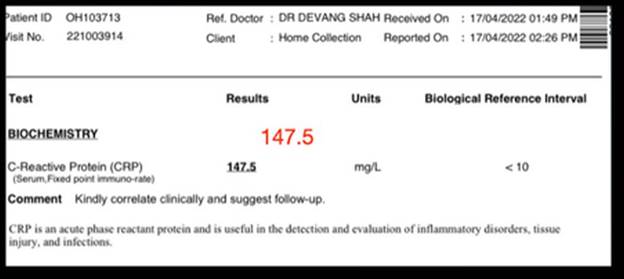
Her symptoms were as follows
| Worse | Better |
| Standing
Walking Bending over Straining eyes Rising from bed while Shaking head Physical exertion |
Covering with blanket
Lying right side Cold food and drinks |
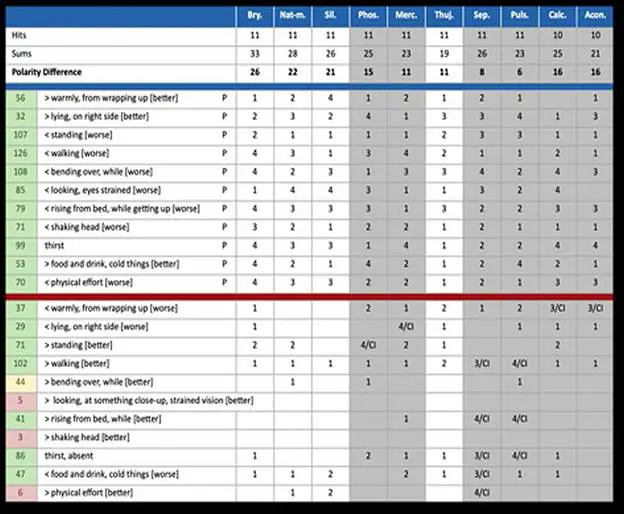
So here we understand the key aspects of polarity analysis. First of all, we take all the symptoms, especially the modalities of the chief complaint and the change from healthy state. Here the thirst for water has increased hence we take thirst as a rubric.
Now alongside every rubric you see P written which indicates that those are polar symptoms. In the repertory sheet there is a blue and red horizontal line. The symptoms below the blue line are those given by the patient and the symptoms below the red line are those which are polar or the opposite symptoms to that of our patient.
Next, we understand the polarity difference calculation. It is the addition of grades of the symptoms below the blue line minus the addition of grades of the symptoms below the red line.
Addition of symptoms below blue line = 33
Addition of symptoms below red line = 7
Polarity difference = 26
All this is done by the software automatically, we don’t have to do anything manually. Now we understand the contraindication of the remedy. The contraindication of remedy is given in the grey zone.
Let us see the remedy Phosphorous:
The symptom of the patient is worse standing where phosphorous is 1 mark, whereas better by standing is 4 marks. We see that phosphorous is more clinically verified for better standing than worse standing (refer the gradation by Boenninghausen above. Hence it has less probability of helping.
Likewise other remedies in the grey zone are contraindicated. This approach helps in eliminating the remedies through contraindication. Generally, the remedy with the highest polarity difference has the best chance of helping and here she was given Bryonia 1M 3 hourly for 2-3 days. The CRP comes down from 147 to 8.8 in 4 days.
The advantages of this approach for me are that:
It is objective – minimizes subjectivity as most of the symptoms are physical symptoms vis a vis mental symptom.
It eliminates remedies via contraindication, thus choice of selection narrows down to fewer remedies.
The challenge:
To get the exact symptom from the patient
To train the patients to observe their symptoms clearly
Bibliography
Organon 6th edition
Polarity analysis in homeopathy – precise path to simillimum by Dr Heiner Frei
Further reading
Polarity analysis in homoeopathy – precise path to simillimum by Dr Heiner Frei
Homoeopathy and ADHD by Dr Heiner Frei
Visit the Polarity Analysis Website:



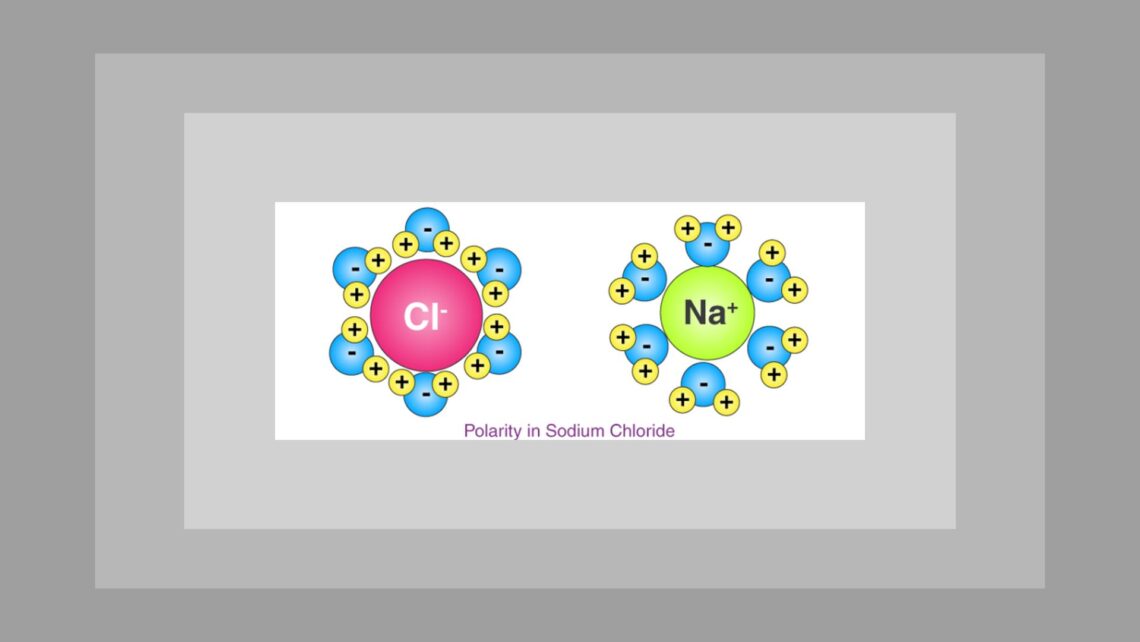
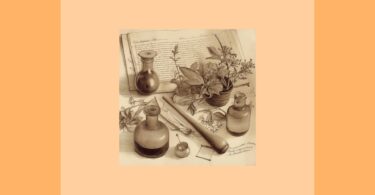
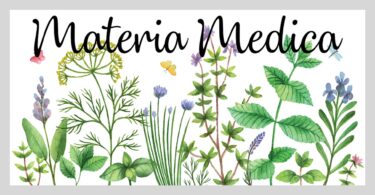
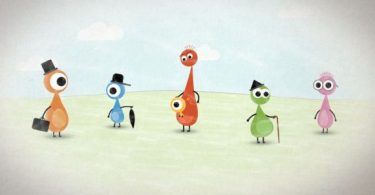
Excellent clear description of PA. Thankyou